SLOS969A June 2017 – January 2018 LMV722-Q1
PRODUCTION DATA.
- 1 Features
- 2 Applications
- 3 Description
- 4 Revision History
- 5 Pin Configuration and Functions
- 6 Specifications
- 7 Detailed Description
- 8 Application and Implementation
- 9 Power Supply Recommendations
- 10Layout
- 11Device and Documentation Support
- 12Mechanical, Packaging, and Orderable Information
Package Options
Mechanical Data (Package|Pins)
- DGK|8
Thermal pad, mechanical data (Package|Pins)
Orderable Information
6.7 Typical Characteristics
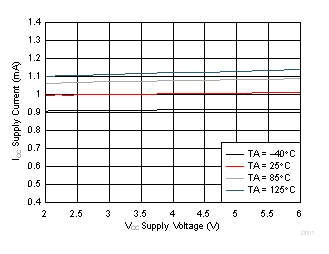
Figure 1. Supply Current vs Supply Voltage
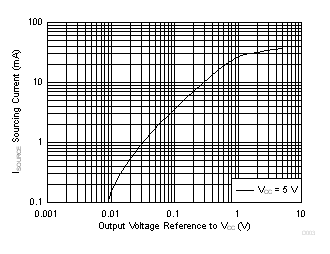
Figure 3. Sourcing Current vs Output Voltage
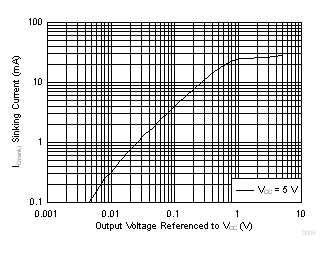
Figure 5. Sinking Current vs Output Voltage

Figure 7. Input Offset Voltage vs Input Common-Mode Voltage
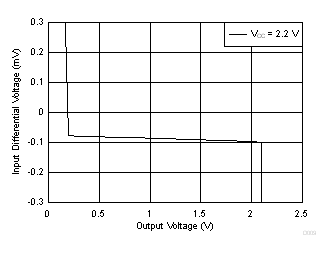
Figure 9. Input Voltage vs Output Voltage
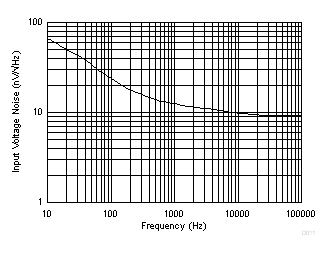
Figure 11. Input Voltage Noise vs Frequency
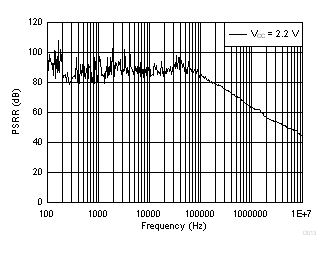
Figure 13. Psrr vs Frequency
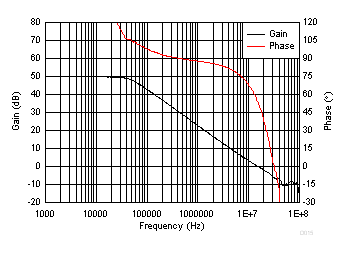
| VCC = 2.2 V |
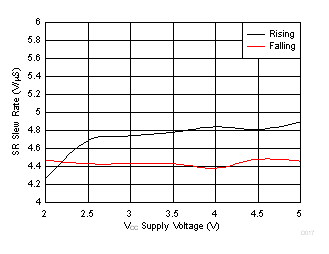
Figure 17. Slew Rate vs Supply Voltage
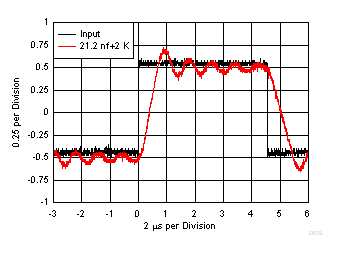
| VCC = 5 V, RL = 2 kΩ, CL = 21.2 nF, RO = 0 Ω |
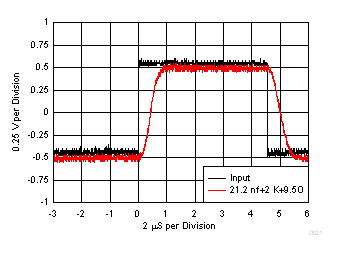
| VCC = 5 V, RL = 2 kΩ, CL = 21.2 nF, RO = 9.5 Ω |
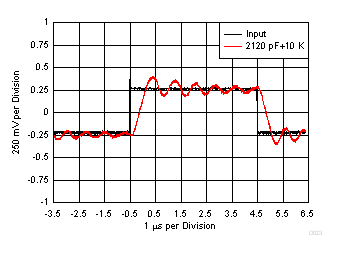
| VCC = 2.2 V, RL = 10 kΩ, CL = 2.12 nF, RO = 0 Ω |
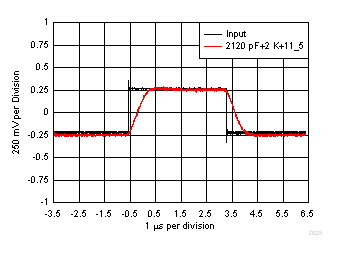
| VCC = 2.2 V, RL = 10 kΩ, CL = 2.12 nF, RO = 11.5 Ω |
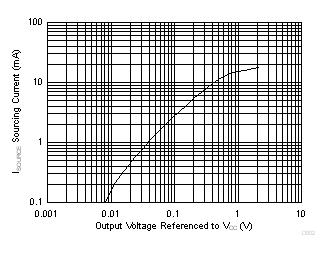
Figure 2. Sourcing Current vs Output Voltage
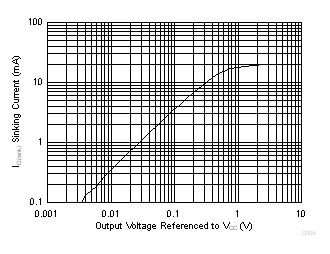
| VCC = 2.2 V |
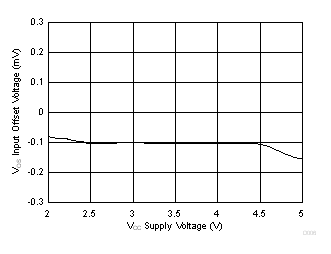
Figure 6. VIO vs Supply Voltage
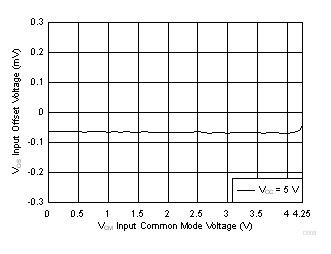
Figure 8. Input Offset Voltage vs Input Common-Mode Voltage
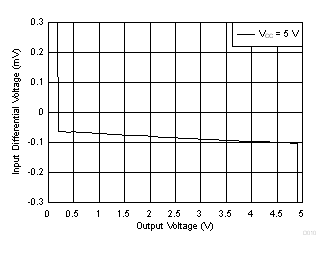
Figure 10. Input Voltage vs Output Voltage
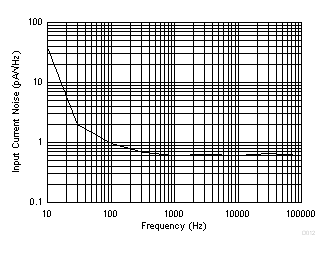
Figure 12. Input Current Noise vs Frequency
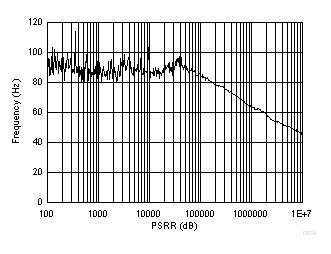
| VCC = 5 V |
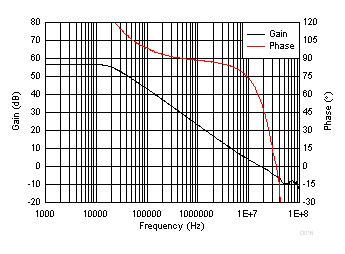
| VCC = 5 V |
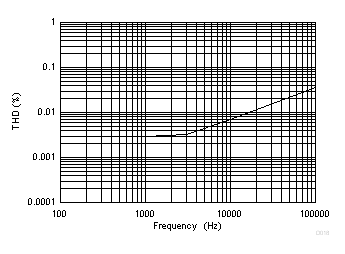
| VCC = 2.2 V |
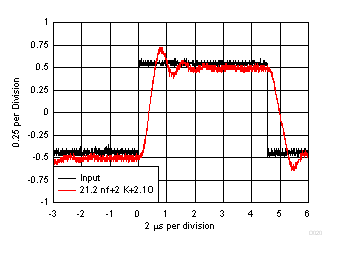
| VCC = 5 V, RL = 2 kΩ, CL = 21.2 nF, RO = 2.1 Ω |
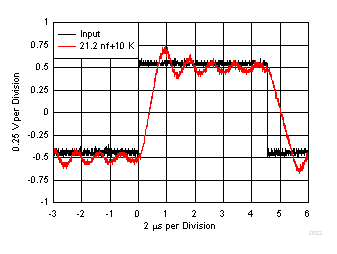
| VCC = 5 V, RL = 10 kΩ, CL = 21.2 nF, RO = 0 Ω |
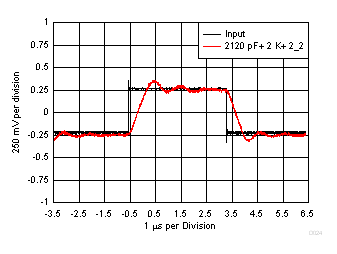
| VCC = 2.2 V, RL = 10 kΩ, CL = 2.12 nF, RO = 2.2 Ω |